Leg 4 of The Ocean Race – an epic duel between 11th Hour Racing Team and Team Malizia
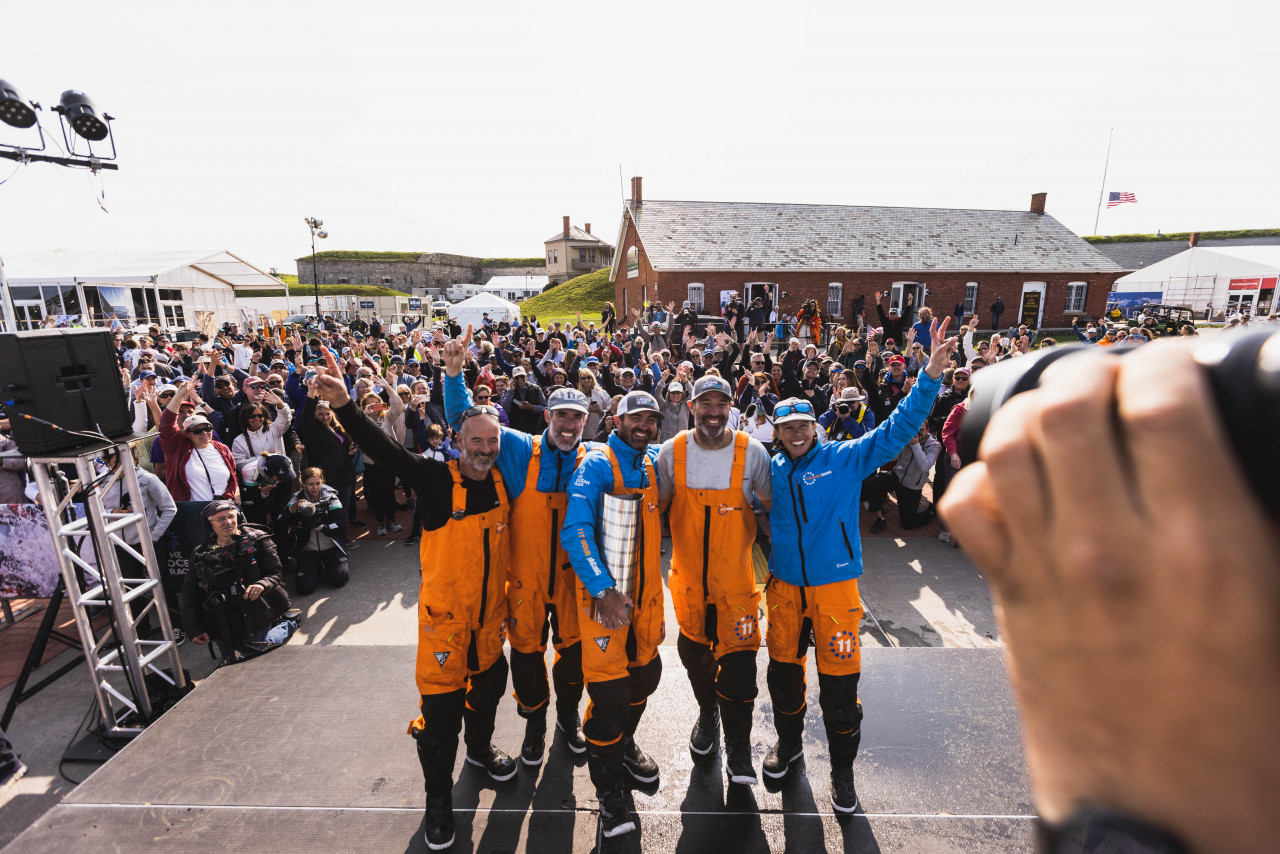
Leg 4 of the 2023 The Ocean Race will be remembered as the setting for an epic battle between two IMOCAs that raged 24-hours-a-day for two weeks, over thousands of miles of ocean through light and medium winds, transition phases and a vicious storm.
For much of the time the boats and their highly focused and motivated crews were in sight of each other – either out of the window or within VHF hailing distance. And the lead changed hands on a regular basis, as the navigators and trimmers battled to find an edge in any given set of conditions.
In the end it was 11th Hour Racing Team’s Verdier-designed, skippered by Charlie Enright, that prevailed, its crew entering its hometown of Newport, Rhode Island to a hero’s welcome on Wednesday afternoon. But even at the finish the separation was only of the order of eight nautical miles, a margin over Will Harris’s team on the VPLP-designed Team Malizia that translated into 32 minutes on the clock.
This was an intriguing affair featuring two foilers with different performance characteristics. The formbook suggested Team Malizia – a proven winner in the Southern Ocean – would be too heavy and sluggish in medium winds to compete with the more nimble 11th Hour Racing Team. And certainly Enright was hoping his boat would have the edge once the race returned to the Atlantic.
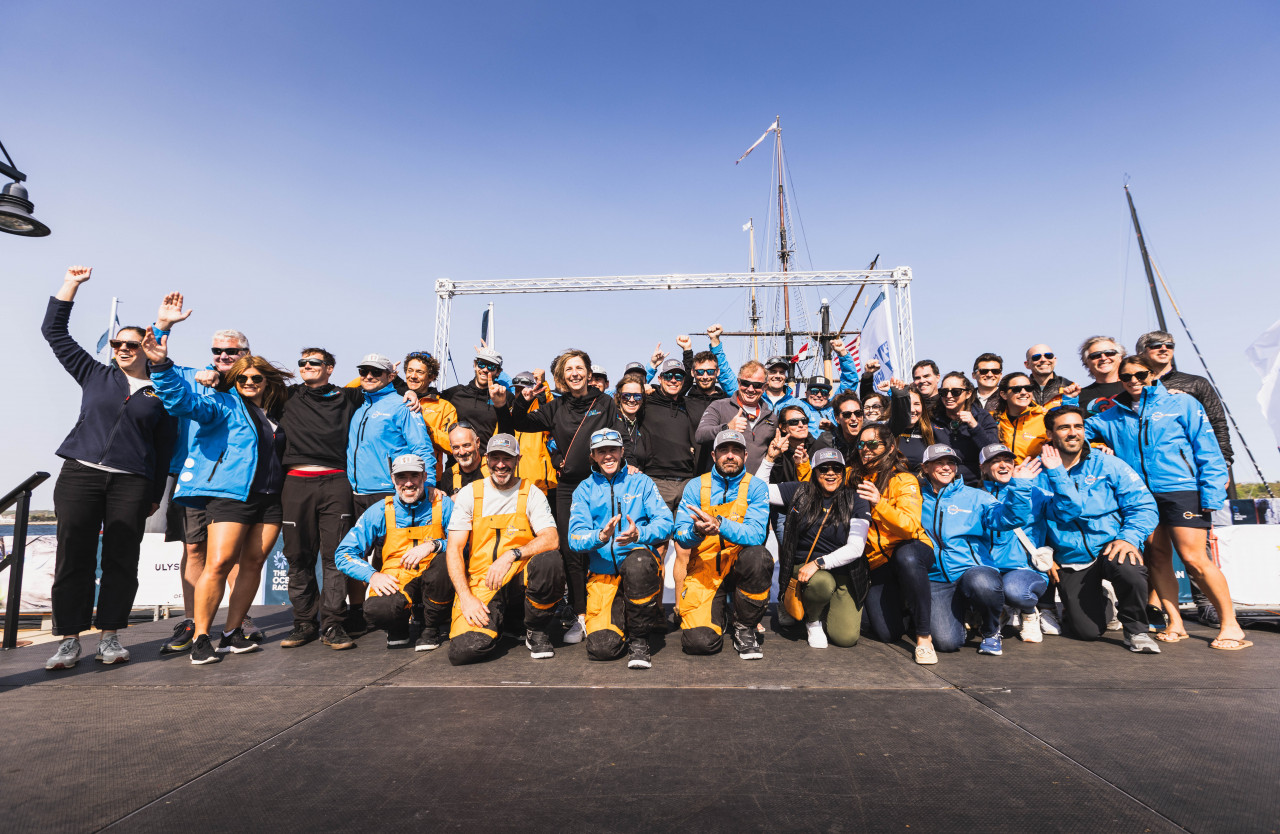
But it didn’t work out like that during a battle that could have gone either way and during which the Team Malizia crew demonstrated that they have learnt how to make their boat go in just about any wind conditions, light or strong. In Brazil Harris spoke about how they had learnt to sail with big heel angles in medium winds – stacking the movable weight in the leeward quarter – to generate speed in “semi-foiling mode” using a flat section of the hull. And this was no doubt one of the tools they used to keep pace with their American rivals on the long journey from Itajaí.
Enright was quick to acknowledge the improvement in his European rivals’ competitiveness across a range of conditions. “I’m not surprised to see Malizia performing in any conditions,” he said on the crowded dockside at Fort Adams. “The boat is still new. They figured it out in the Southern Ocean and they also now have a new confidence. They thought before that their boat couldn’t do certain things, but now they can (get it going) in several more angles. We are not underestimating this boat for sure.”
Over on Team Malizia, navigator Nicolas Lunven described what the team, led overall by Boris Herrmann, has achieved as it has filled in the gaps on its performance curve since the beginning of the race. It makes for ominous reading for Team Malizia’s opponents with four legs still to come.
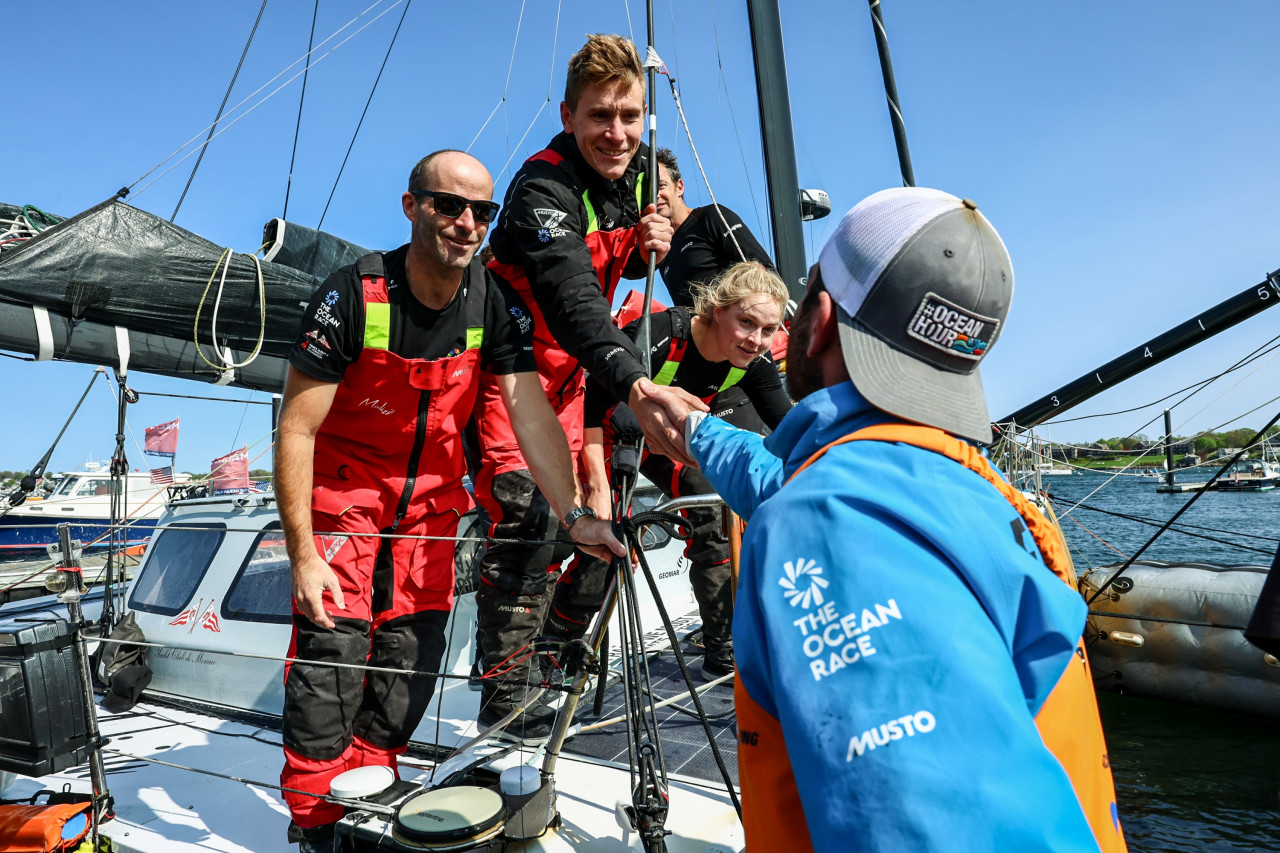
“We’re still looking for the levers on our boat,” Lunven said. “We realise that medium and light winds are not ideal conditions for our boat, but we still manage to survive in these conditions without losing too much, while keeping an advantage when the wind comes in. It’s exciting because we are still learning. We’re still digging to find the key to go even faster. But since Alicante, where we started with foils that we didn’t know at all, and today, we’ve come a long way in terms of knowledge and learning.”
Harris talked about the nip-and-tuck racing on the water in this last leg that featured trade wind sailing, a traverse of the Doldrums and then sustained winds of 40-50 knots and a horrendous sea-state in a storm in the Gulf Stream. “It was a great fight with 11th Hour Racing Team – that’s exactly why we came to do this race. It’s that neck-and-neck racing in these awesome boats,”he said. “Every watch we were so motivated to catch up with them. And even when they got away from us a bit, and at the end of the leg, we knew we had some opportunities to keep fighting and to try to get ahead. That’s the way of the racing and they made no mistakes and they did a really good job.”
It was a great victory for Enright and his crew who had a torrid time in the Southern Ocean on Leg 3 and needed to establish their credentials as potential winners of this race, especially with overall leader Holcim-PRB out of the running this time after dismasting. Veteran British navigator Simon Fisher summed up the relief for a team, that set sail from Alicante in January as many people’s favourites to win this race, in his own comments at the finish in Newport.
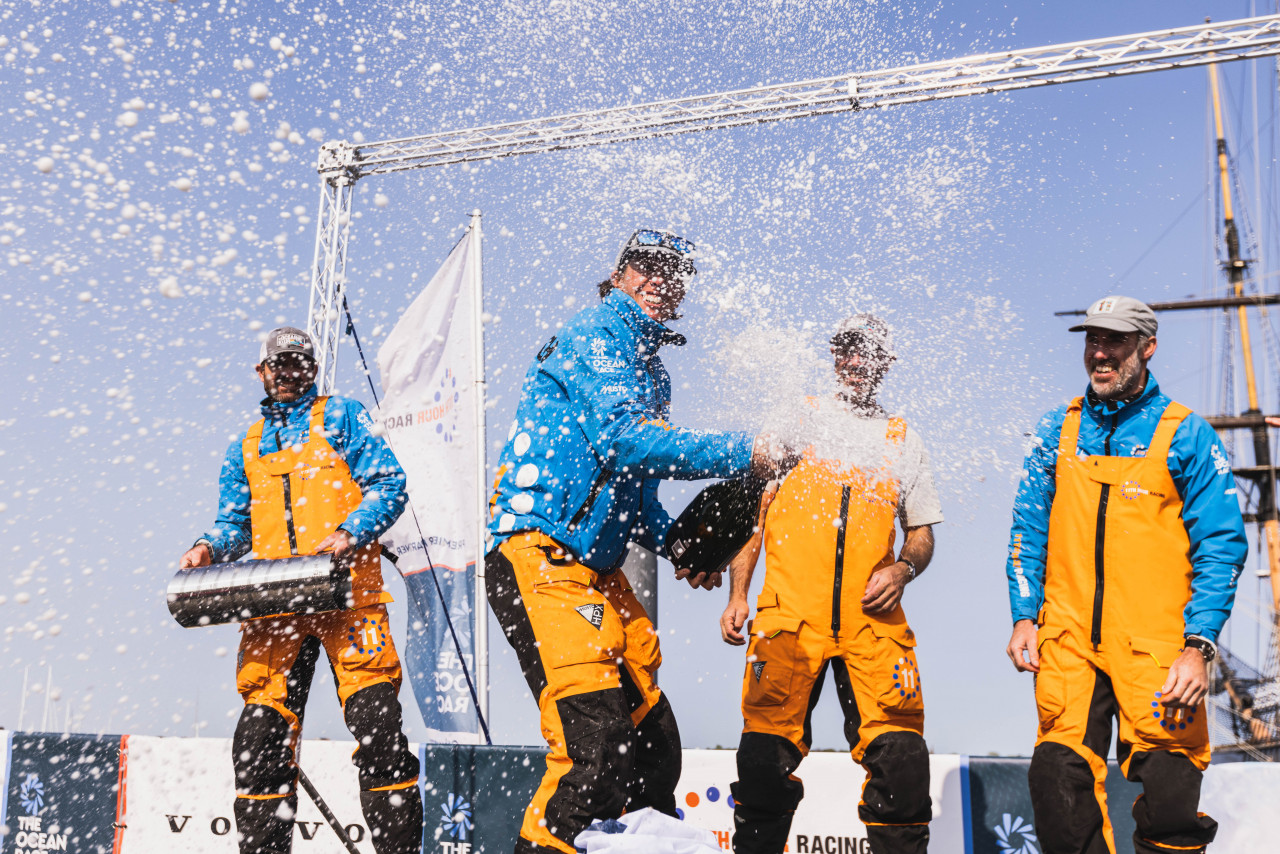
“I wish it had come a little sooner,” he said, “but a win here into our home town of Newport couldn’t be a better result. I’m ecstatic now. We had a difficult leg into Brazil, and the Southern Ocean was really tough, but the way the whole team rallied round in Itajai was impressive. Everyone worked so hard, were super-positive and optimistic, and everyone had the belief we could do it. It was just nice that we could follow through on the water.”
But even with four boats, this race is nicely set up as the crews prepare for a double-points sprint across the Atlantic and then the final European stages leading to the finish at Genoa in late June. While Holcim-PRB retains its lead – by one point – 11th Hour Racing and Team Malizia are now tied in second place just a point behind, with the Americans ahead only on the inshore racing tie-breaker. Paul Meilhat and his Biotherm team remain in fourth place, five points adrift of the pair in second.
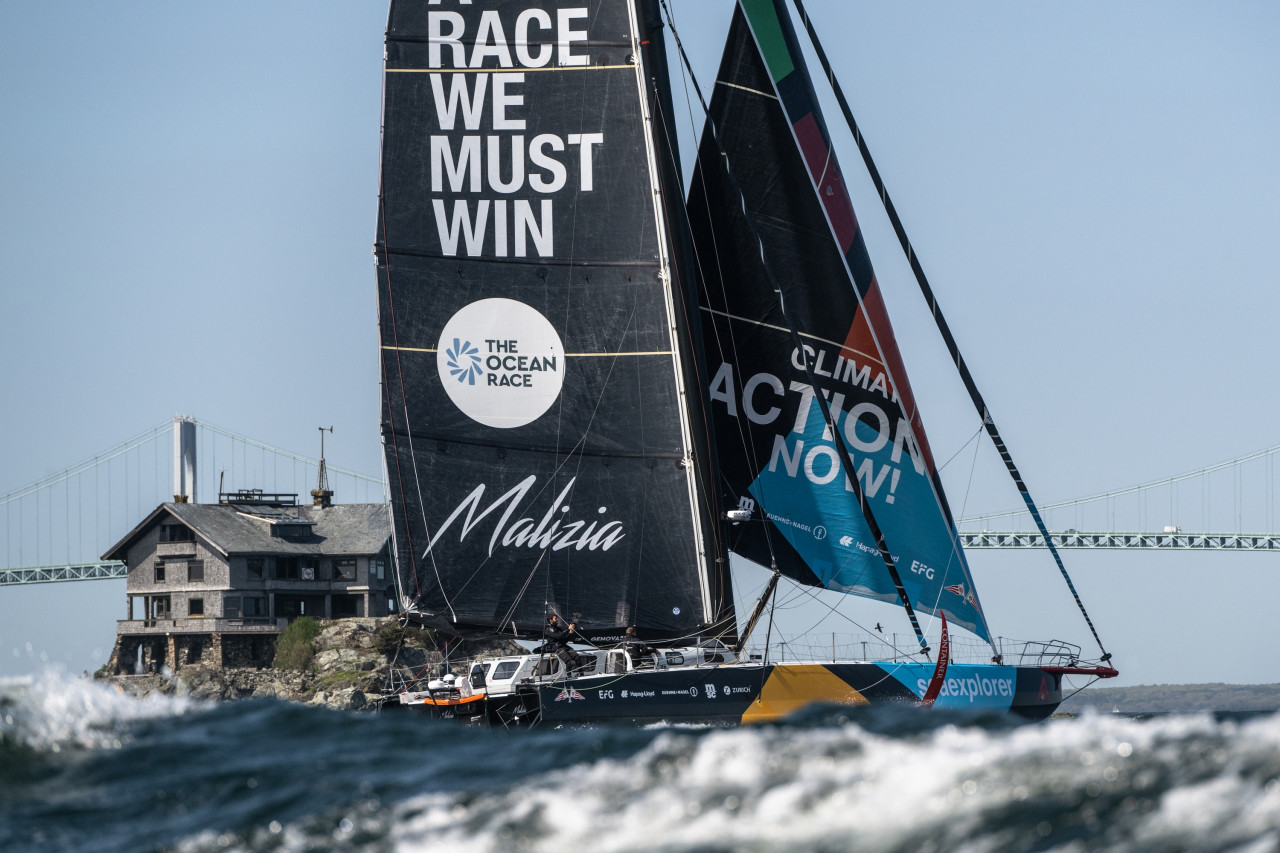
“The race is so close now – I think that’s what we can take from this result,” said Harris who has skippered Team Malizia, for two of the first four legs. “We are in a fight for the overall victory and we’ve got four more legs to go, so there are a lot more points available. That’s going to be something to play for.”
Enright is also relishing the battles ahead – a skipper who knows that winning The Ocean Race is often more about how good you are in the final stages not the early ones. “We are now one point off the lead, and there is everything to play for with lots of points still available. We are going well, and we’ve now shown that we can win. It’s just about taking it one leg at a time and getting the job done,”he said.
Ed Gorman
Teams info
After a stunning 2025 season Sam Goodchild is the IMOCA Globe Series Champion for the second time
After a long season at the top of the IMOCA fleet that featured three race wins, Great Britain’s Sam Goodchild is for the second time in three years the IMOCA Globe Series Champion.
•••Quel rôle peut jouer la course au large dans la transformation du transport international ? Avec Pie…
Pour ce 10ᵉ épisode de Transitions, enregistré au Havre lors du départ de la Transat Café L'Or, nous recevons Jeremy Pochman, PDG de 11th Hour Racing, et Pierre-Antoine Morvan, responsable du pôle course au large et supe…
•••